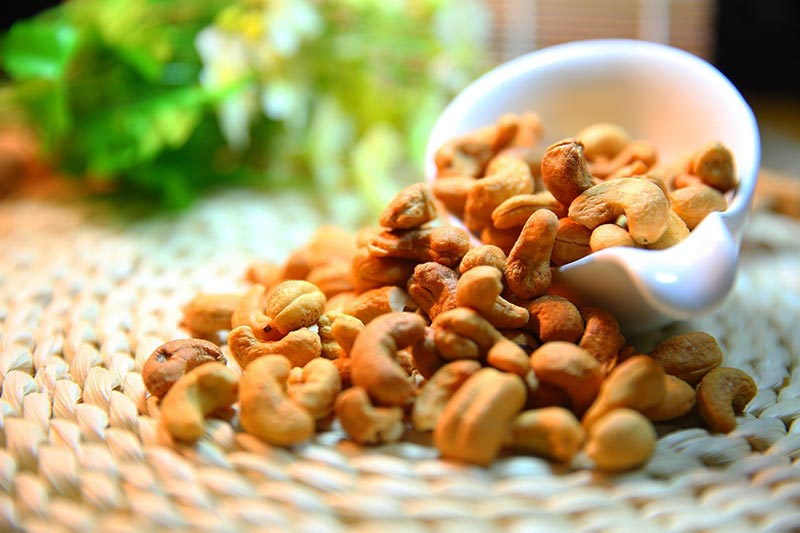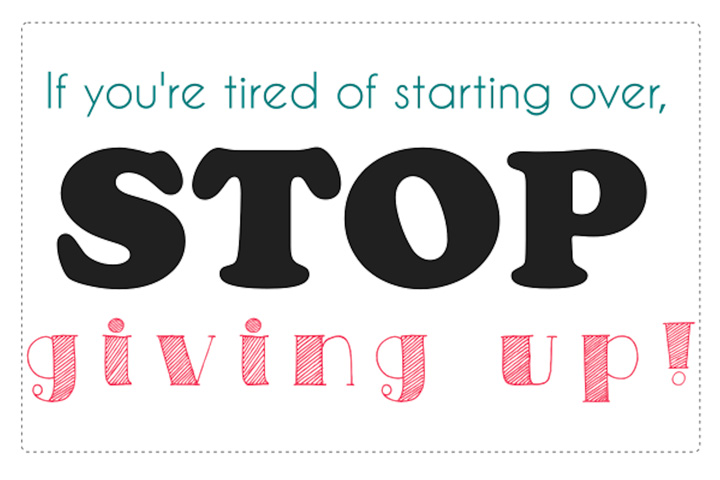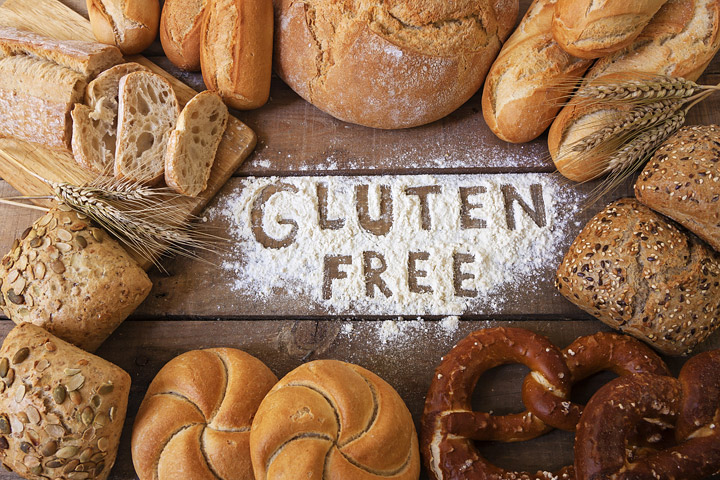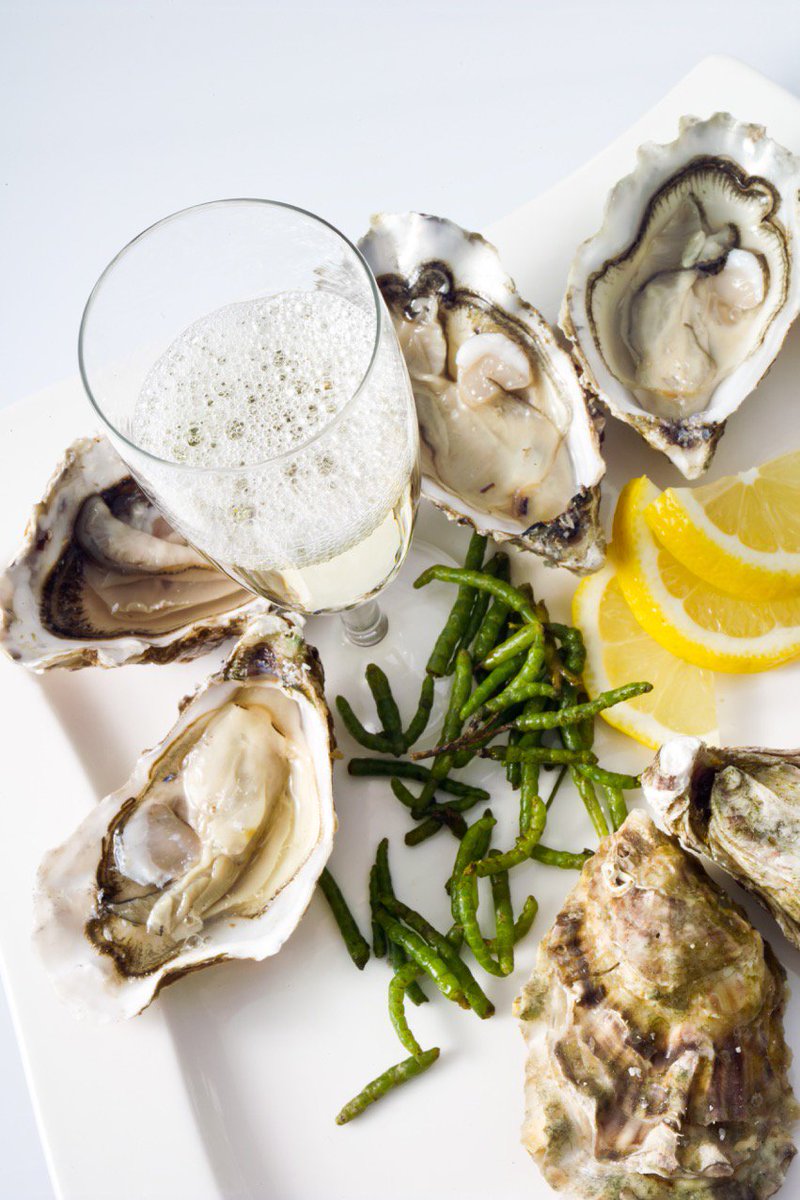
4 Foods That Burn Belly Fat
Stock your pantry with these weight loss staples that help control hunger hormones for a flat belly and more energy.
Eat to beat belly fat
Believe it or not, your body actually doesn’t want to store fat. And the secret to lasting weight loss does not come down to complicated calorie-counting and weight-loss gimmicks. Instead, it’s about working with your body’s natural hunger and sleep rhythms to curb cravings, burn fat and send your energy levels soaring.
Research shows that our bodies’ inner eat-and-sleep clocks have been thrown completely out of whack, thanks to cues we send it all day with the wrong foods—and too much artificial light at night. The result: You’re caught in a “fat cycle”: a constant flow of hunger hormones that makes your cravings all but impossible to resist. But if you tune into your body’s natural eat and sleep schedules, you can actually—finally—say good-bye to your belly. Sounds good, right?
Prevention’s revolutionary Belly Melt Diet explains the science behind why getting a good night’s sleep will help you lose while you snooze and how eating the right foods at the right times can satisfy your body’s need for fuel and taste. What’s more: Certain flat belly foods can actually help you sleep better and help you lose weight on their own.
These wholesome foods are built into The Belly Melt Diet meal plans and recipes, but you can also incorporate them into your diet in any way you like. Eat these foods to sleep better, lose more weight, and melt your belly fat. Here’s how to get started!
Fish
Another day, another study about the benefits of eating fish—and for good reason. We know from animal studies that when your diet is deficient in omega-3s, the natural rhythms of your pineal gland—the pea-size gland in the center of your brain—are thrown off, leading to alterations in the production of melatonin, your sleep hormone. Animals with an omega-3 deficit don’t sleep during their usual rest periods—they’re up and spinning in their wheels the same way that humans with insomnia do.
A diet rich in omega-3s, on the other hand, can boost heart health, lower your risk of dementia, and improve your moors. As for weight loss, many omega-3 carriers are rich in protein. And study after study confirms: Protein makes you feel full. You even burn more calories digesting protein than you do when you eat fats or carbs. How to get your dose: If you aren’t eating plenty of omega-rich foods—think sardines, salmon, halibut, walnuts, flax seeds, and dark leafy greens—you should be! If you aren’t getting enough easily, you can take fish- or flax seed-oil supplement.
Nuts
As if you needed another excuse to eat nuts, these fatty legumes are a great source of mood-boosting magnesium. Without enough magnesium in your body, the part of the brain that regulates melatonin is thrown off, disrupting your sleep. An uptick in magnesium is what tells animals it’s time to hibernate—for us, not having enough of it may play a role in seasonal affective disorder (SAD), the depression—and carb-craving—condition brought on by the low light of winter.
A 2010 study by USDA researchers, published in Magnesium Research, found that magnesium supplementation can help people who have a hard time sleeping to doze peacefully through the night. One group of the 100 tossers and turners over age 51 was given 320 milligrams of magnesium a day, while the other group was given a look-alike placebo. After 7 weeks, those taking the magnesium were sleeping better, and, as a bonus, had lower levels of dangerous inflammation, a rogue reaction by the immune system that is implicated in heart disease, cancer, diabetes, and Alzheimer’s disease.
How to get your dose: Foods rich in magnesium are also extremely weight loss friendly: protein-rich fish and nuts, lentils, soy and black beans, as well as fiber-rich grains like bran.
Milk
While the link between calcium and weight loss is still feeble (in some studies it promotes greater weight loss, in others it’s a wash), it turns out that milk may really do a body good when it comes to belly fat. A 2010 study by researchers at the University of Alabama at Birmingham found that, among a group of more than 100 premenopausal women, fat was significantly reduced in those who consumed the most calcium-rich foods. In fact, for every 100 milligrams of calcium they consumed per day (that’s 1/2 cup of soft-serve frozen yogurt), they lost an inch of intra-abdominal fat—that’s the really bad stuff tucked in and around your internal organs that has been linked to higher rates of heart disease and cancer. Like magnesium, calcium can also help you sleep if you tend to be awakened by muscle soreness or cramps—the mineral, along with calcium, helps relax muscle nerves and fibers.
How to get your dose: Dairy works, but there are other ways to get your calcium in as well, such as sardines, fortified orange juice, tofu, and dark leafy greens like kale and spinach.
Tart Cherries
Around bedtime, munch on a few tart Montmorency cherries. These cherries are one of a number of plant-based sources of melatonin, the sleep hormone. (Bananas and corn have it, too.) While there’s no evidence that they’ll help you nod off, studies have found that foods like these can raise melatonin levels in the body. Not only does melatonin help you sleep, but it’s a powerful antioxidant that can protect your cells from free radical damage, the kind that leads to cancer, Alzheimer’s, and other diseases. That should help you sleep easy. How to get your dose: Eat them whole! If you’re not a fan of cherries, drink the juice instead. In a recent study, people who drank 8 ounces of tart cherry juice in the morning and another 8 ounces in the evening for 2 weeks reported they slept more soundly.








Leave a Reply